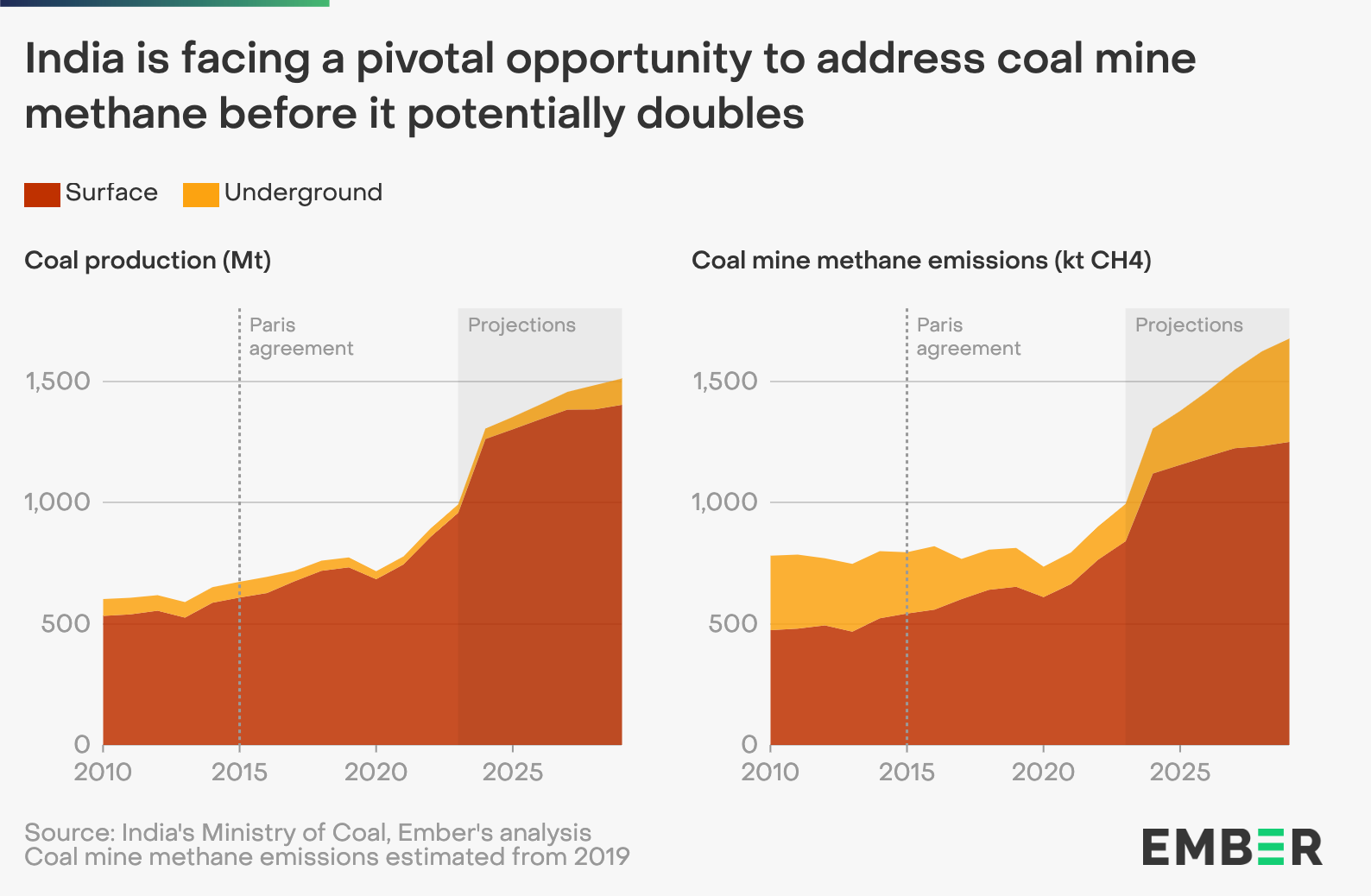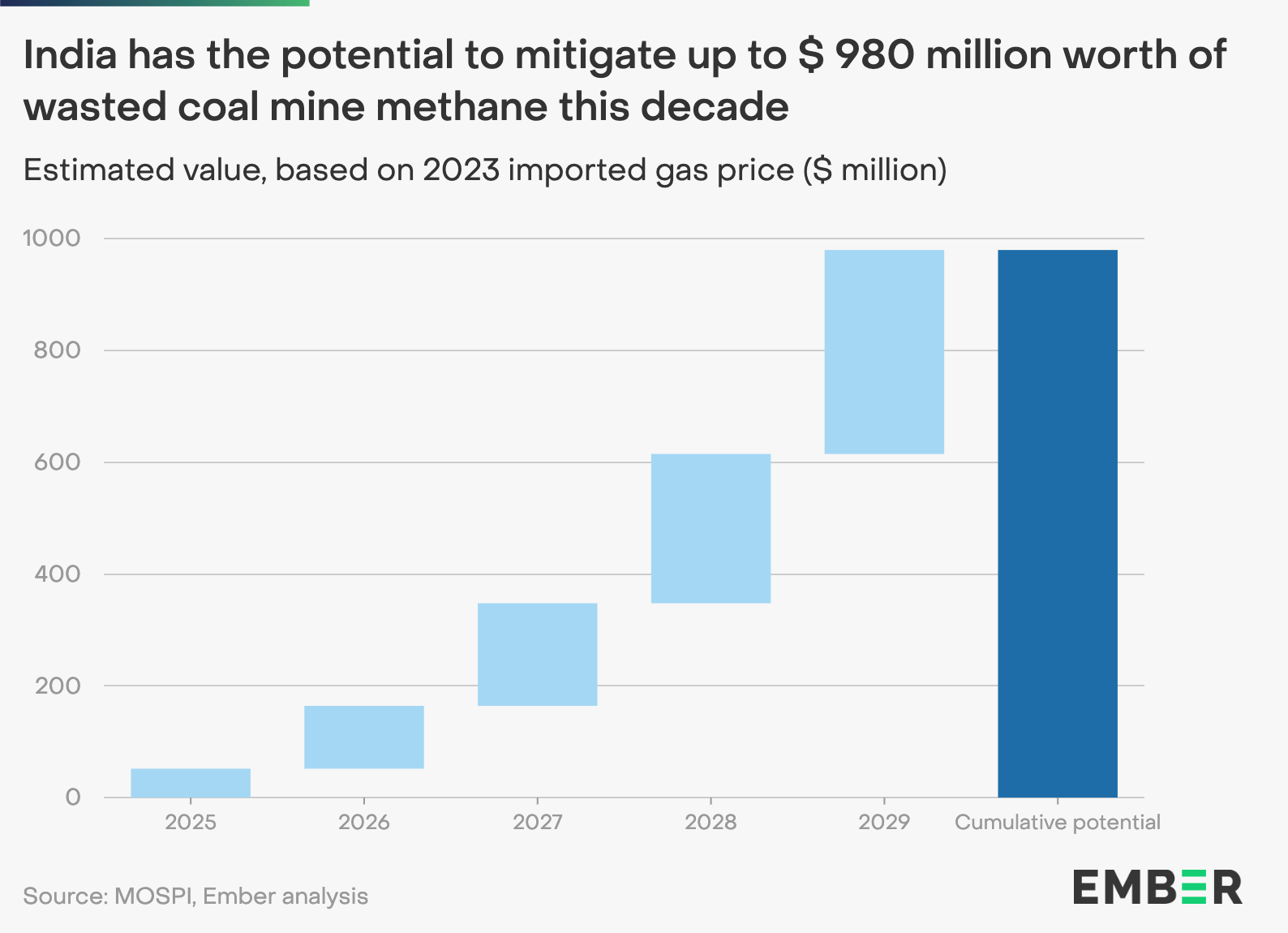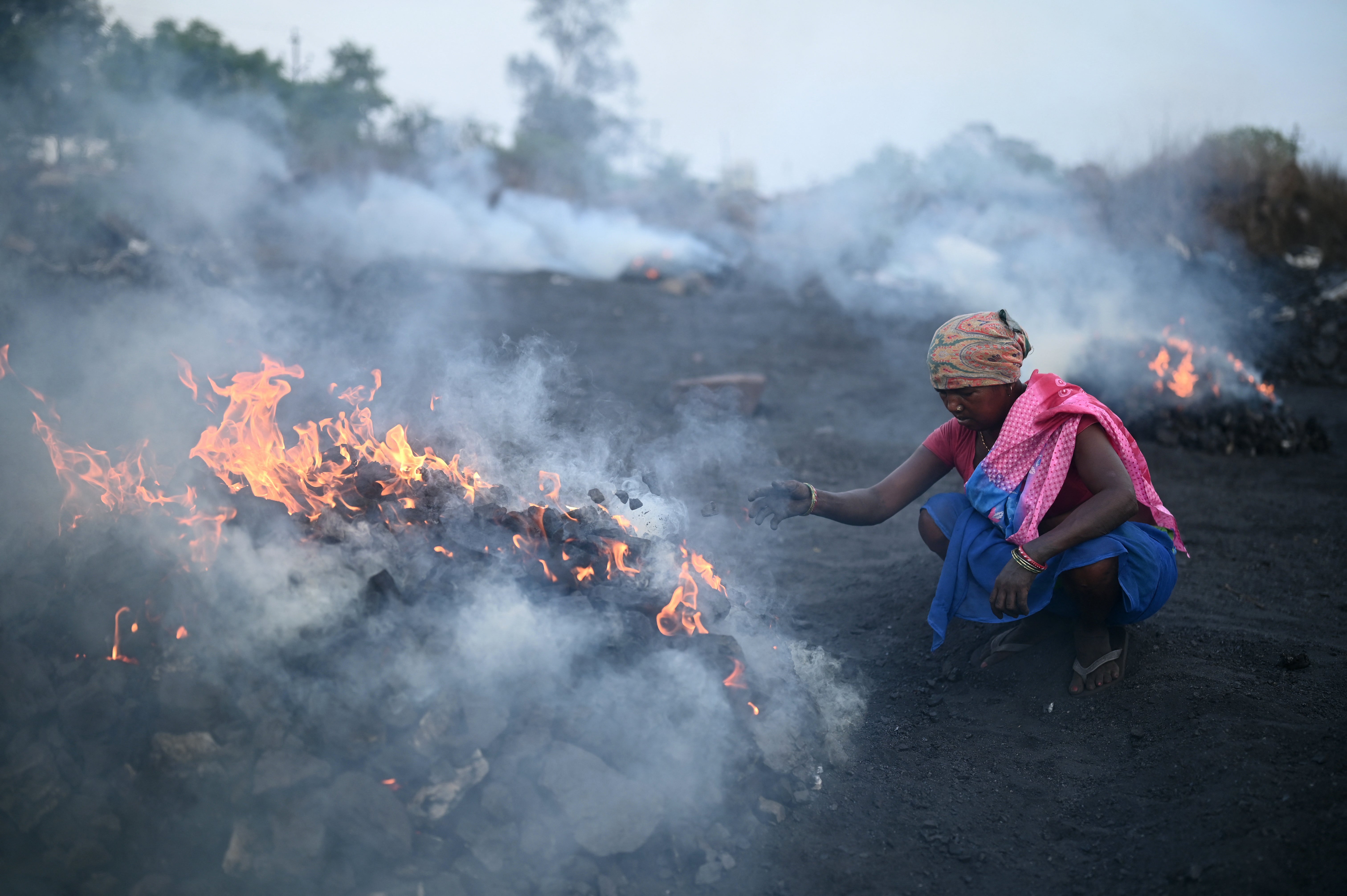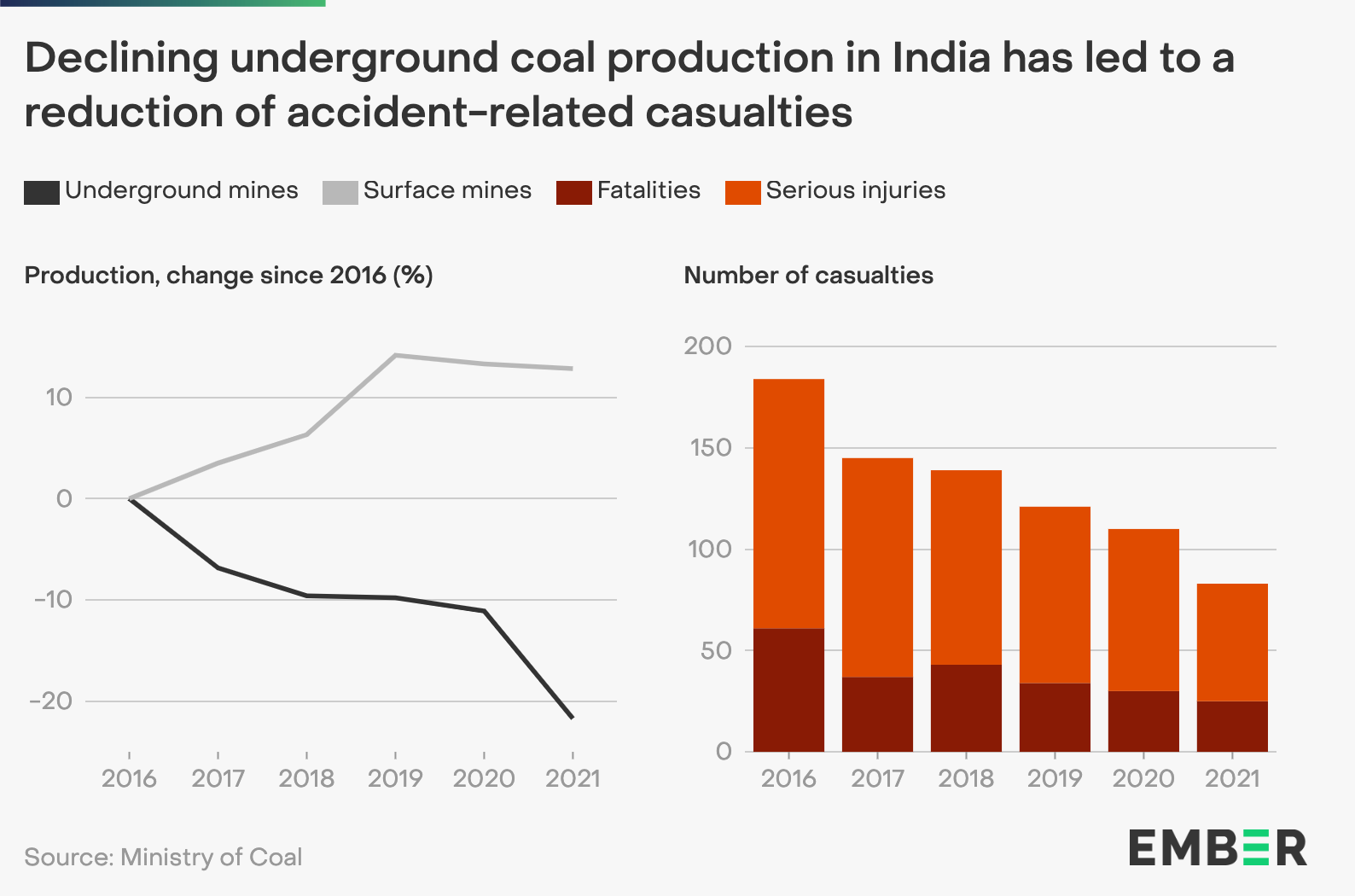India’s methane emissions from coal mining are set to double – but it can be put to good use
Cutting emissions by capturing methane from coal mines and substituting it for imported gas could save India up to £741m per year
Your support helps us to tell the story
From reproductive rights to climate change to Big Tech, The Independent is on the ground when the story is developing. Whether it's investigating the financials of Elon Musk's pro-Trump PAC or producing our latest documentary, 'The A Word', which shines a light on the American women fighting for reproductive rights, we know how important it is to parse out the facts from the messaging.
At such a critical moment in US history, we need reporters on the ground. Your donation allows us to keep sending journalists to speak to both sides of the story.
The Independent is trusted by Americans across the entire political spectrum. And unlike many other quality news outlets, we choose not to lock Americans out of our reporting and analysis with paywalls. We believe quality journalism should be available to everyone, paid for by those who can afford it.
Your support makes all the difference.India’s methane emissions from coal mining could more than double by the end of this decade, new research warns, calling for urgent action that could potentially also reduce its reliance on imported gas.
A report by global energy think tank Ember released on Thursday projects that by 2029, methane emissions from India’s coal mines could exceed 1.6 million tonnes annually, more than twice the levels recorded in 2019.
Methane is a potent greenhouse gas, capable of trapping over 80 times more heat than carbon dioxide in the short term, making it a major cause of the climate crisis.
India plans to ramp up coal production to meet growing energy demand as the pace of electricity consumption outstrips the growth in renewables.
Though solar and wind are projected to drive two-thirds of India’s power generation growth by 2032, according to Ember, the country is pushing to expand coal mining, including a tripling of underground operations.
The underground mines are a major source of methane emissions, with the gas escaping through ventilation systems, cracks, and open pits during extraction.
The planned expansion could result in a sharp increase in emissions, the report says. If mitigated, however, it could potentially open economic opportunities for India.
Ember’s analysis shows that with the right technologies, India could reduce methane emissions from coal mines by up to 35 per cent a year by 2030. Additionally, it could reduce its reliance on costly imported gas, saving over $1bn (£756m) per year by 2029.

Techniques like pre-mine drainage, which involves extracting methane from coal seams before mining starts; ventilation air methane oxidation, which captures methane from mine ventilation systems; and flaring, which burns off methane and turns it into less harmful carbon dioxide, can help capture methane and convert it into a useful energy source, according to Ember.
The captured methane could be used to generate energy, replacing around 1.5 billion cubic metres of natural gas that India currently imports to meet its energy needs.
“Gas is gas. Methane emitted from a coal mine can be captured proactively through wells and at a ventilation shaft in an underground mine. From there it’s just a matter of finding the best use case for that gas,” said Chris Wright, Ember’s climate strategy advisor for coal mine methane.
This shift could result in substantial savings, the report estimates, potentially up to $980m (£741m) over the next five years, by offsetting the need for foreign gas purchases and turning wasted methane into an energy resource that the country can use locally.

“This is the low-hanging opportunity we have to slow climate change, reduce surface ozone, and complement efforts to cut carbon dioxide,” said Rajasekhar Modadugu, Ember’s analyst for climate and energy in India. He said there is a need for policies that incentivise the capture and use of methane before it escapes into the air.
India is the world’s third-largest methane emitter. While much of its methane emissions come from livestock, coal mining is becoming an increasingly critical source. Despite this, the Indian government has not yet signed global pacts like the Global Methane Pledge, which aims to cut methane emissions by 30 per cent by 2030.

“With India’s coal production goals set to increase through 2030, capturing and utilising methane emissions from both active and abandoned mines is critical. The necessary technologies and international support are available for India to take immediate action,” Felicia Ruiz, director of International Methane Partnerships and Outreach at the Clean Air Task Force, told The Independent.
The Ember report notes that mitigating methane emissions also addresses safety concerns for coal miners, as methane explosions in underground mines pose significant risks.
Methane-related incidents have accounted for more than half of all coal mining deaths in India since 1980. By capturing methane, India could improve safety for its mining workforce.

As India continues to expand coal mining, experts warn that the country is at a critical point.
“Methane is like an electric blanket on our climate. It also creates ground-level ozone pollution. Reducing methane is one of the best ways to avoid additional heating in the next decade, and decrease air pollution at the same time,” Mr Wright told The Independent.
A recent report from the Global Carbon Project shows that methane emissions are rising at the fastest rate in recorded history, despite global pledges. The report warns that if these emissions are not cut, it will be almost impossible for the world to meet its climate goals.
The Independent will be revealing its Climate100 List on 25 September and hosting an event in New York, which can be attended online.
Join our commenting forum
Join thought-provoking conversations, follow other Independent readers and see their replies
Comments